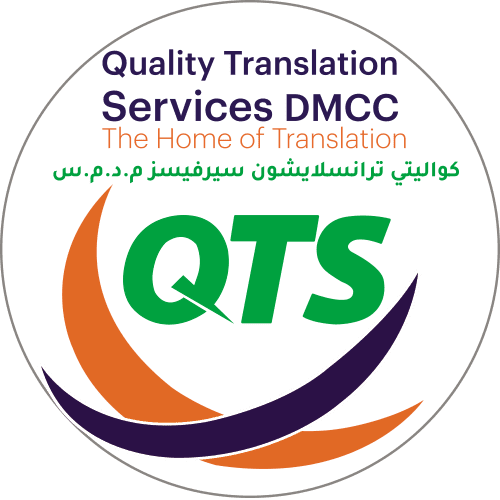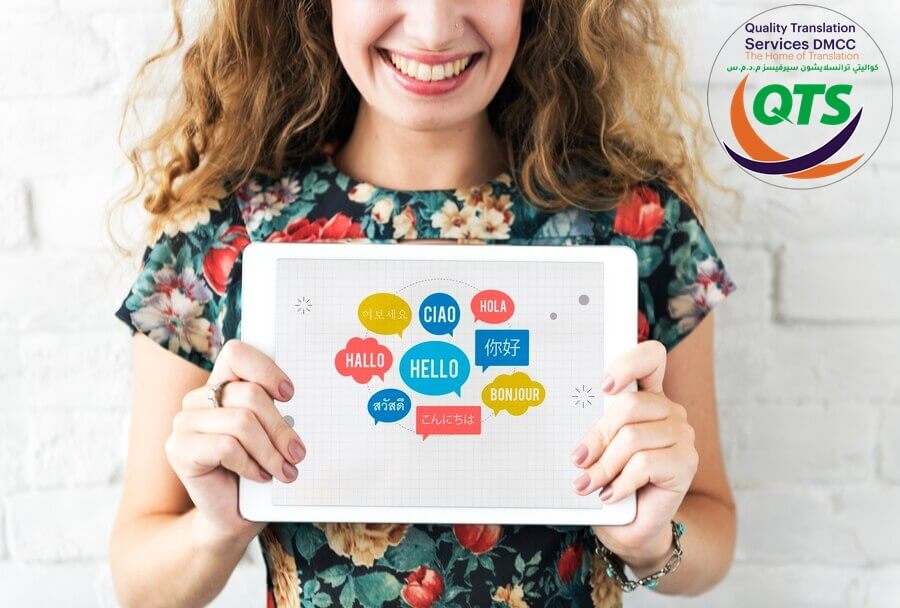Important Factors for Choosing the Right Multilingual Content Translation Partner
Global business runs on clarity. Yet companies lose an estimated USD 1.2 trillion every year to miscommunication alone, an eyeopening figure that includes rework, missed deadlines, and reputational damage. At the same time, the worldwide demand for language solutions keeps rising; analysts value the language services market at about USD 75.5 billion in 2024 and see steady growth ahead. These numbers send a clear signal: if you publish in more than one language, partnering with the right experts is no longer optional.
So, the next time you search for translation services in Dubai, keep the ten factors below in mind. Each one decides whether your words cross borders smoothly or come back to haunt you.
- Proven Industry Expertise
Every field speaks its own language. A single term such as “UX latency,” or “contra-indication” can trigger wildly different translations in finance, software, or healthcare. Choose a partner that can show previous projects in your vertical, staffed by linguists who have actually worked in that domain.
Ask for sample pages, glossaries, or redacted case studies. If the agency cannot produce evidence, keep shopping; no amount of general linguistic talent will compensate for missing subject knowledge.
- Native, In-Country Linguists
Language lives and changes on the street, not in a classroom. Native translators who reside in the target market pick up shifts in slang, humor, and regulation long before a remote freelancer will.
In Dubai this rule matters twice over. Your Arabic needs to sound natural to Emiratis, Gulf Arabs, and Levantine expats. Three audiences with overlapping but distinct preferences. An in-country team also catches seasonal sensitivities, such as avoiding lunchtime food imagery during Ramadan.
When vetting a translation agency in UAE, confirm that your main linguists live where your customers live. “Near-native” is not enough.
- Rigorous Quality-Assurance Workflows
One unsupervised step can undo hours of expert work. Look for ISOcertified processes: ISO 17100 for translation, ISO 18587 for machine-translation post-editing, ISO 27001 for data security.
A solid workflow follows a repeatable path:
- Glossary prep and styleguide alignment
- First draft by a qualified translator
- Independent revision by a second linguist
- Domainexpert or legal review for high-risk text
- Final sign-off and linguistic QA report
If the agency waves away certification as “extra paperwork,” treat that as a red flag.
4. Cultural Adaptation, Not Mere Word Swap
Colors, emojis, and idioms carry different meanings across borders. A bright-red “Buy Now” button that screams urgency on Western sites may signal danger to Gulf shoppers. A slogan that references winter holidays could fall flat in tropical or majorityMuslim regions.
Your partner should run a cultural audit alongside linguistic checks, covering images, date formats, humor, and compliance with local etiquette. Ask for examples where they prevented a cultural misfire; the best firms will gladly share success stories.
- Smart Use of Technology
Technology accelerates projects when used wisely and transparently. Expect modern partners to offer:
- CAT tools with translation memory to ensure consistency and lower costs
- Terminology databases that lock approved phrases across teams
- Secure neural-MT engines for first-pass drafts, followed by human post-editors
- Connectors that plug into your CMS, Git repo, or marketing platform
Crucially, you should always know which passages were machinegenerated and which were humancrafted. Hidden automation is a recipe for awkward phrasing and brand-voice drift.
- Project Management and Communication
Missed deadlines rarely stem from translation speed alone; they arise when roles, file versions, or delivery formats are unclear. A reliable partner assigns a dedicated project manager in your time zone, someone you can call during UAE business hours.
Expect kickoff meetings, shared dashboards, and clear escalation paths. If your product team works in twoweek sprints, your translation pipeline should mirror that flow rather than forcing a waterfall model that everyone abandoned years ago.
- Scalability and Turnaround Time
Maybe you only need thirty landing-page strings today, but what about the productlaunch cascade that hits next quarter? Choose a provider that can scale from a brochure to a millionword software update without rebuilding the team from scratch.
Clues to look for:
- A bench of vetted linguists in multiple time zones
- Automated hand-offs that keep projects moving while you sleep
- Historical metrics on rush jobs and peak-volume periods
If the vendor hesitates when you mention “50,000 words in ten days,” you have your answer.
- Data Security and Confidentiality
Translation often involves unreleased marketing copy, personal health information, or financial projections. Confirm that your partner stores files on encrypted servers, requires NDAs from every linguist, and offers secure portals for file exchange. ISO 27001 or SOC 2 compliance is no longer a luxury; it is table stakes.
- Transparent Pricing and Flexible Engagement Models
Low per-word rates can hide extra fees for project management, engineering, or rushed revisions. Demand an itemized quote that lists everything: new words, fuzzy matches, desktop publishing charges, multimedia subtitles, and overnight surcharges if any.
Some agencies offer subscription models or retainer buckets that guarantee capacity each month; others stick to classic per-word billing. Pick the model that matches your release rhythm, but always keep the maths visible.
- Multichannel and Multimedia Capability
Audiences now consume video explainers, microcopy in apps, AR overlays, and TikTok shortsin addition to traditional white papers and PDFs. Your partner must handle subtitles, voiceovers, right-to-left UI mirroring, and InDesign brochures without juggling five subcontractors.
Ask who engineers the final files. If the answer is “We return a Word doc and your designers handle the rest,” factor in hidden labor costs on your side.
- Evidence of ROI
Talk is cheap; case studies pay the bills. Request measurable results: conversion rate lifts after localized checkout screens, reduced support tickets once manuals were translated, faster regulatory approvals thanks to bilingual dossiers.
The right agency tracks these metrics because they inform continuous improvement and because nothing proves value like numbers that reach the CFO.
Conclusion
Choosing a multilingual content partner is a strategic decision that touches marketing reach, legal compliance, and customer trust. Tick each box below before signing:
- Domain-savvy linguists living in the target market
- ISO backed quality checks and airtight security
- Technology that boosts consistency but never hides mistakes
- Agile project management that matches your release cycles
- Transparent pricing and documented ROI
When these factors align, you gain more than words in another language. You gain speed to market, fewer costly reprints, and a brand voice that resonates from Abu Dhabi to Zurich.
In a region as linguistically diverse as the Gulf, settling for less invites confusion and lost revenue. Instead, partner with seasoned translation services in UAE that treat every phrase as mission-critical. The next time you search for a translation agency in UAE, use the checklist above to separate polished professionals from budget amateurs. Your stakeholder sand your balance sheet will thank you.
Comment (1)
Comments are closed.


Important Factors for Choosing the Right Multilingual Content Translation Partner – Quality Translation Services DMCC
July 29, 2025[…] Source: Important Factors for Choosing the Right Multilingual Content Translation Partner […]